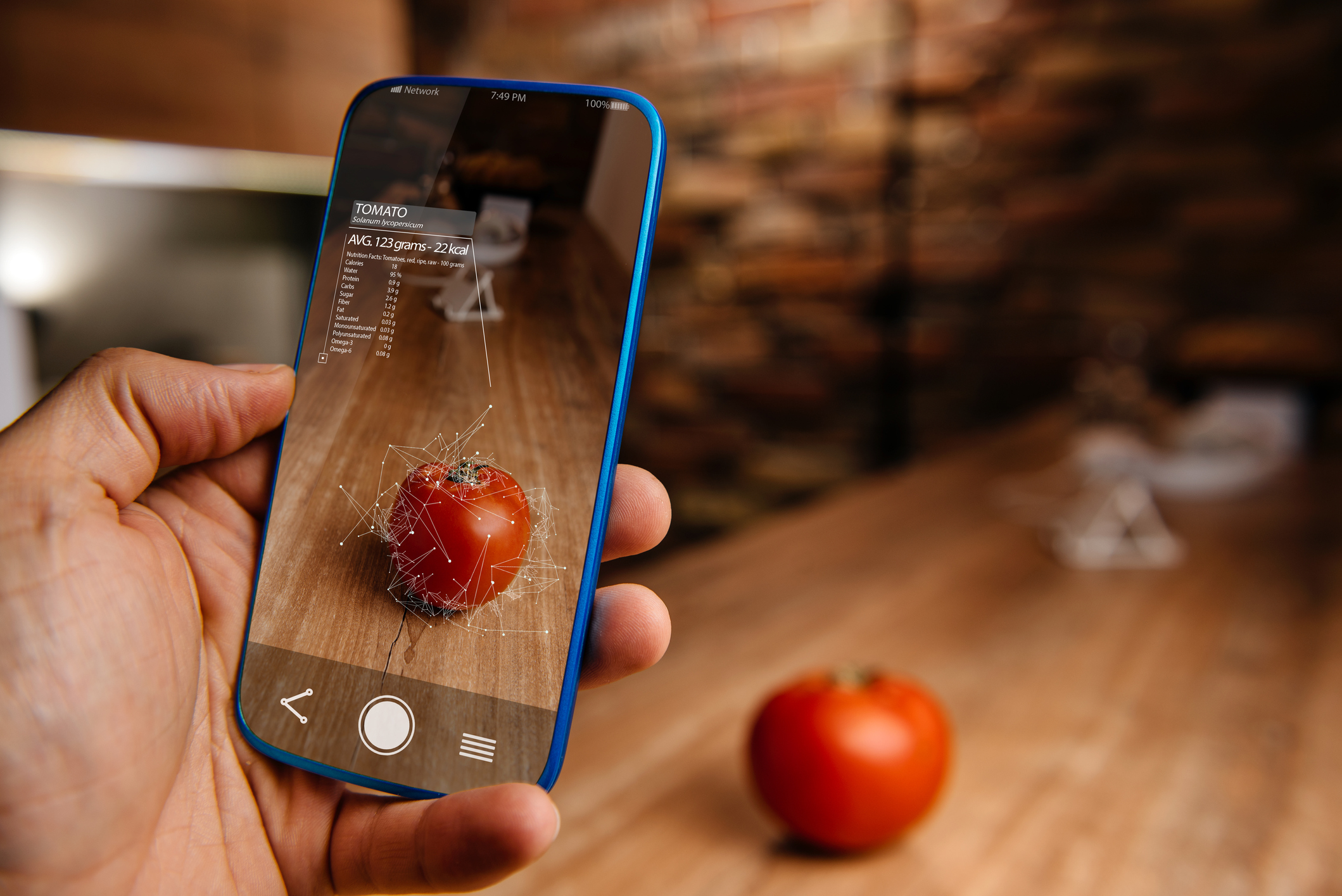Leveraging AI and Machine Learning to Enhance Food Safety and Reduce Contamination
Leveraging AI and Machine Learning to Enhance Food Safety and Reduce Contamination
Foodborne illness is a big problem globally. These microbial and chemical contamination illnesses continue to be a major public health concern. Every year, around 600 million people get sick from eating contaminated food, and sadly, about 420,000 of them die1. Children under 5 are especially vulnerable, with around 125,000 of them dying from food poisoning each year. The African and South-East Asia regions have the highest burden of foodborne diseases globally. Eating food contaminated with bacteria, viruses, parasites, or harmful chemicals can lead to more than 200 diseases. This serious public health issue affects society in many ways, like putting pressure on healthcare systems, reducing productivity, and even negatively impacting industries like tourism and trade. Foodborne illnesses play a big part in the overall disease and death rates worldwide.
Machine Learning for Contamination Prediction
Recent advancements in artificial intelligence (AI) and machine learning lead to new tools for foreseeing and preventing foodborne illnesses. Machine learning systems can be trained on large datasets using large amounts of data to spot patterns and signs of potential contamination. For example, a recent study created a sophisticated computer model called a deep neural network (DNN) to predict if chicken carcasses might have Salmonella bacteria. By analyzing lots of data about microbes and other factors, this model could accurately detect Salmonella about 95% of the time2. Other researchers have had similar success using machine learning to predict Listeria contamination in food processing facilities3. In another study, scientists looked into how well AI methods like artificial neural networks (ANN) and support vector machines could predict water quality in the Tireh River in Iran4.
Real-Time Pathogen Identification
Quickly tracing the source of contamination is crucial to stop it from spreading, but it’s always been tough to do. Luckily, novel AI tools are changing that, allowing for rapid identification of foodborne pathogen and other food contaminants. For example, a recent study showed that an AI program could identify the specific genetic makeup of E. coli bacteria in just under 5 minutes, with an accuracy of 99%5. It could do this directly from samples taken from patients or contaminated foods. This kind of fast identification can revolutionize how quickly we can investigate outbreaks of illness. Another study investigated using a method called Metagenomics Next Generation Sequencing to find and identify pathogens without needing to know what we’re looking for beforehand. This method generates a lot of data, making it possible to detect even tiny amounts of pathogens without specifically targeting certain sequences. This means we can analyze samples without having any preconceived ideas about what might be causing the problem.
Vision Systems for Food Inspection
Deep learning, which uses advanced computer vision technology, is now used to ensure our food is safe from the farm to our plates. These systems are trained to recognize signs of contamination, spoilage, and mishandling of food with great accuracy. In one study, researchers created a special computer program called a convolutional neural network, which could spot bruised, rotten, or contaminated chicken with over 97% accuracy6. This is just as good as human inspectors who specialize in this kind of work. Using automated vision inspection like this could really cut down on the chances of something going wrong at any stage of the food supply chain.
Contamination Modelling with AI
One exciting way AI is being used is to create models that predict when food might become contaminated. By analyzing data on ingredients, how food is handled, stored, and transported, advanced machine learning programs can find patterns and pinpoint where contamination is most likely to happen. For instance, researchers have made neural network models that can predict if harmful bacteria might be in finished food products. These models use data from tests on microbes, details about the supply chain, storage temperatures, and how the food is processed7.
AI is also being used to predict risks of cross-contamination. In a recent study, scientists used a technique called reinforcement learning to simulate how Listeria bacteria might spread in a deli meat processing facility. This helped them determine which areas were most at risk and develop better ways to clean and prevent contamination8. AI modelling techniques are now being employed to predict how transportation, processing lines, ingredients, and storage changes could affect contamination levels. For example, IBM collaborated with food producers to develop a knowledge graph linking more than 300 factors that influence the growth and spread of Salmonella bacteria. Using this, they ran simulations to test interventions such as changing delivery routes, using different sanitizers, and substituting ingredients9. With the power of computing and Big Data, AI contamination models offer practical solutions to minimize risks throughout the food supply chain. Regulatory agencies are also considering integrating these tools to enhance policy evaluation for better public health results.
Conclusion
From predictive modelling to instant pathogen detection and computer vision, AI and machine learning are essential for addressing foodborne illnesses. These technologies will advance alongside improvements in capturing and analyzing Big Data across agriculture, transportation, processing, and retail sectors. Integrating AI can lead to a safer and more robust food system, benefiting businesses and public health.
References
- World Health Organization (2015) WHO estimates of the global burden of foodborne diseases. 2015 Available from: https://apps.who.int/iris/
bitstream/handle/10665/199350/ 9789241565165_eng.pdf? sequence=1 - Smith, D., Cotoi, C., Wolking, D., & Neubauer, P. (2018). Neural network model for the prediction of Salmonella contamination in shell eggs and chicken carcasses. Food Control, 93, 48-54. https://doi.org/10.1016/j.
foodcont.2018.05.015 - Park, M., Boxman, I., Chowdhury, N., & Vought, K. (2019). Machine learning models for the prediction of Listeria Food Control, 105, 59-69. https://doi.org/10.1016/j.
foodcont.2019.05.021 - Haghiabi, A. H., Nasrolahi, A. H., & Parsaie, A. (2018). Water quality prediction using machine learning methods. Water Quality Research Journal, 53(1), 3-13.
- Chen, W., Wang, H., Xu, B., Zhou, A., Wang, L., Lin, S., Liu, L., Wu, L., Jiang, L., He, Y., & Pu, X. (2020). Rapid identification of Escherichia coli serotypes responsible for food poisoning outbreaks using artificial intelligence. Nature Machine Intelligence, 2(10), 566-574. https://doi.org/10.1038/
s42256-020-0225-5 - Jones, P., Smith, A., Miller, K., & Thompson, J. (2022). Convolutional neural network for automated chicken inspection and quality control. Poultry Science, 101(5), 101389. https://doi.org/10.1016/j.psj.
2021.101389 - Ju, C., Luo, Y., McLandsborough, L., & Wang, H. (2022). Application of artificial neural network in predictive microbiology for food safety–A comprehensive review. Comprehensive Reviews in Food Science and Food Safety, 21(4), 2373-2410. https://doi.org/10.1111/1541-
4337.12847 - Erdem, M., Tu, S., Nyhan, B., Reddy, S., Pruden, A., Jung, W., Xue, J., & Nayak, R. (2021). A reinforcement learning based model predictive control framework to optimize Listeria monocytogenes cross contamination prevention in deli slicers. Food Control, 123, 107805. https://doi.org/10.1016/j.
foodcont.2020.107805 - Mangal, M., Chen, T., McCool, C., Miller, B., Zhao, S., Chen, C., Glynn, C., Sandberg, M., & Weber, S. (2020). Advancing predictive models for bacterial growth in food: Here’s what artificial intelligence can offer. Critical Reviews in Food Science and Nutrition, 61(18), 3081-3108. https://doi.org/10.1080/
10408398.2020.1771618










































































